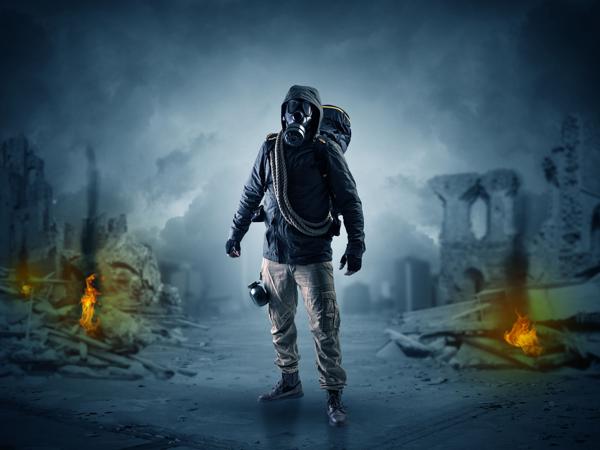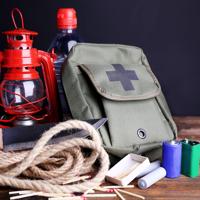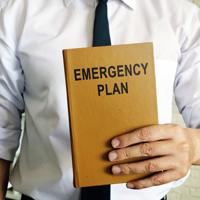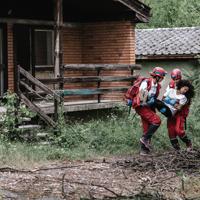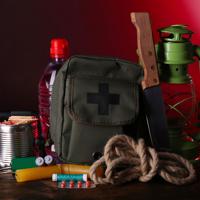In the hustle and bustle of city life, the specter of disaster might seem distant. Yet, urban environments often face unique challenges during emergencies. From natural calamities like earthquakes and floods to human-made crises like terrorist attacks or infrastructure failures, city dwellers must be prepared.
Understanding and knowing how to effectively respond to urban disasters can truly be lifesaving. This article explores practical strategies for navigating city disasters safely.
Understanding Urban Disasters
Urban areas amplify certain risks due to their dense populations and complex infrastructures. Cities are often the epicenters of vital services like transportation, healthcare, and law enforcement. When disaster strikes, these systems can quickly become overwhelmed.
For instance, during a past blackout in New York City, the natural chaos led to increased crime rates and incidents. Understanding the potential for such situations is crucial in preparing for them.
In urban settings, you might face:
- Earthquakes: Especially in locations near fault lines.
- Floods: Often exacerbated by concrete landscapes that limit natural drainage.
- Power Outages: Affecting communication, transportation, and security systems.
- Terrorist Activities: Large gatherings and notable landmarks can be targets.
Essential Preparation Steps
-
Stay Informed
- Subscribe to alerts from local emergency services.
- Regularly check updates from reliable sources like the National Weather Service or emergency management websites.
- Consider using apps such as FEMA’s, which provide real-time alerts and disaster information. -
Create Emergency Kits
- Prepare a basic kit that includes water, non-perishable food, a flashlight, a first aid kit, and any essential medications.
- Don’t forget items like batteries, a multi-tool, and copies of important documents.
- Remember to personalize your kit with items specific to your needs, including any that cater to children or pets. -
Develop a Communication Plan
- Have a list of emergency contacts and designate a safe meeting place for your family.
- Identify an out-of-town contact who can help coordinate information.
- Consider alternate communication methods, such as using social media for updates when phone lines are jammed.
Navigating During a Disaster
-
Stay Calm and Assess the Situation
- Take a moment to breathe and evaluate your surroundings.
- Prioritize your actions based on safety—life-saving measures should always come first. -
Follow Official Instructions
- Listen to radio or follow local authorities’ advice, whether it’s evacuation or sheltering in place.
- Avoid contributing to chaos by spreading unverified information. -
Use Urban Features to Your Advantage
- Familiarize yourself with local buildings that offer safe shelter.
- Use landmarks to navigate if digital maps fail. -
Commuter First-Aid Knowledge
- Urban areas can make professional help delayed, so basic first-aid skills become invaluable.
- Consider getting certified by organizations like the Red Cross.
Engaging with Community Resources
Cities often have community resources designed to aid during disasters. Connecting with neighborhood associations can enhance preparedness. Engage in:
- Neighborhood Watch Programs
-
These groups can offer support and shared resources; they’re about community resilience.
-
Local Drills and Training
-
Participate in city-organized drills to familiarize yourself with evacuation routes.
-
Volunteering
- Consider volunteering with organizations like CERT (Community Emergency Response Team), which provides training in basic disaster response skills.
Reflection and Adaptability
The terrain of urban life is ever-changing, and so are the risks it presents. Taking time to review and update your plans and supplies regularly can lead to greater resilience. Remember, preparedness is not about paranoia but about ensuring safety in practical and achievable ways.
While it’s difficult to be fully equipped for every scenario, understanding the basics of urban disaster navigation arms you with the fundamental skills needed to protect yourself and your loved ones.
Being a resident of a city myself, I understand the unique anxieties such environments may bring during times of crisis. But with thoughtful preparation and awareness, one can foster a sense of readiness that promotes peace of mind. Stay safe, informed, and prepared.
